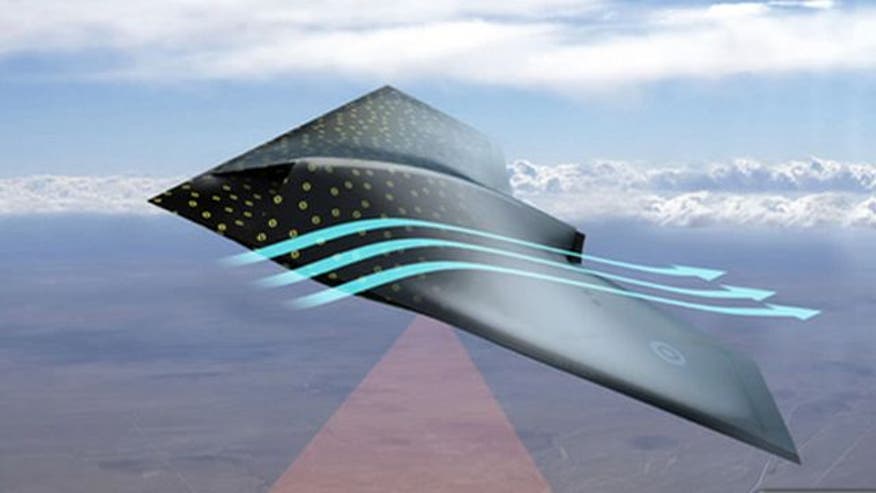
New “smart skin” for military vehicles could let them “feel” their environment, similar to a human. The skin, for example, could let combat aircraft detect any damage by “feeling” the injury.
BAE Systems’ U.K. division is developing the Smart Skin concept, which aims to give machines the ability to ‘feel’ the world around them, sense and process the data like an animal and relay the information to a “brain” within the machine.
In future combat, all machines could leverage this mega-smart skin, detecting heat, damage and stress. Combat aircraft, drones, tanks and other land vehicles, as well as naval vessels could covered with the smart skin. Drones operating in air, on land, at sea or underwater could also deploy the technology.
How does it work?
Using a skin loaded with a range of sensors, machines could “feel” and sense things like an animal does. The smart skin would cover a combat aircraft — reading, recording and processing the machine’s sensations.
The skin would be fully loaded with tiny computers. These very tiny computers work collaboratively to sense and understand the environment the machine moves through. The skin would also have its own power source.
Embedded in the skin are hundreds or even tens of thousands of sensors, giving the machines the ability to “sense.” Called motes, some of the sensors are the size of a grain of rice, while others – at less than 1mm squared – are the size of dust particles. The motes were created by BAE Systems Senior Research Scientist Lydia Hyde.
Commonly used sensor tech can often be big, cumbersome and expensive. However, smart skin offers, tiny, highly efficient and effective multi-purpose sensors.
How would aircraft use skin?
Imagine hundreds of the tiny sensors spread across an aircraft wing. The sensors “feel” the world around them and send data back to the pilot. The sensors, for example, could sense wind and measure wind speed. They could also take temperature measurements.
Like human skin, smart skin would “feel” physical strain and movement. Different sensors would provide data on different things. Some sensors, for example, would measure and compute airflow while others may measure how the metal is fatiguing or under stress.
By harnessing advanced software, the sensors could communicate with each other and send signals to the pilot.
After the sensory information is captured it is would be transmitted wirelessly, appearing on the pilot’s display.
If something goes wrong with the “health” of the aircraft, the skin will sense it and send the data to the engineers on the ground so that as soon as it lands, they can immediately pinpoint and repair the problem.
A plane that could monitor its own health would boost safety while improving maintenance efficiency. If planes were monitoring their own health, they could also identify problems as early as possible, reducing risk to air crew.
Eventually, smart skin could be applied to machines like spraying paint.
War machines with skin that can sense and feel like an animal or human could give the military an edge in future combat. From smartphones that “feel” to cars that “feel,” there are also limitless civilian applications for smart skin.
Ballet dancer turned defense specialist Allison Barrie has traveled around the world covering the military, terrorism, weapons advancements and life on the front line. You can reach her at wargames@foxnews.com or follow her on Twitter @Allison_Barrie.

